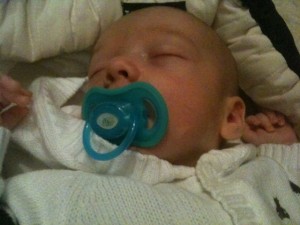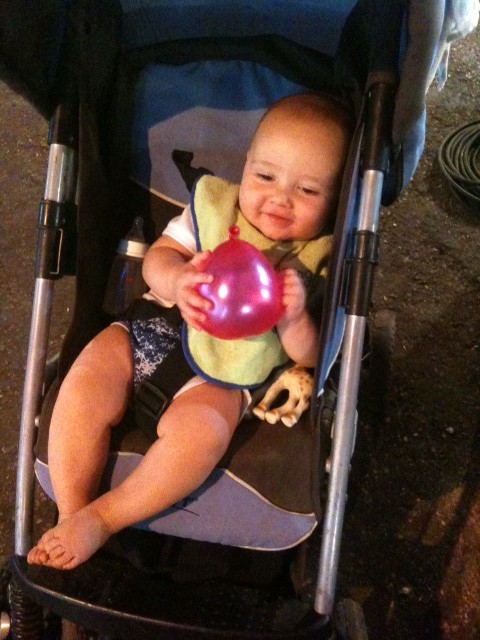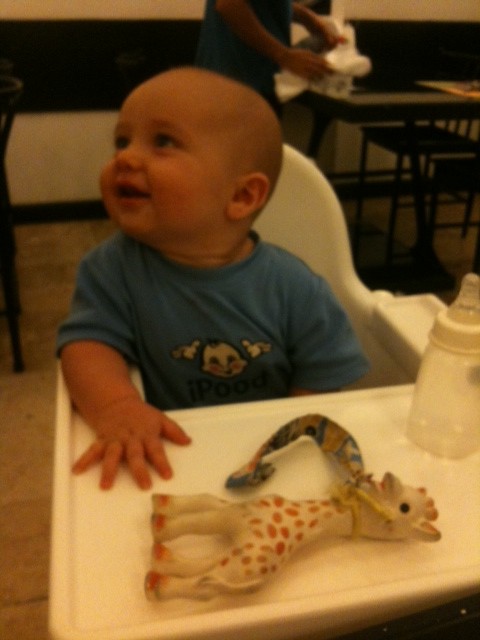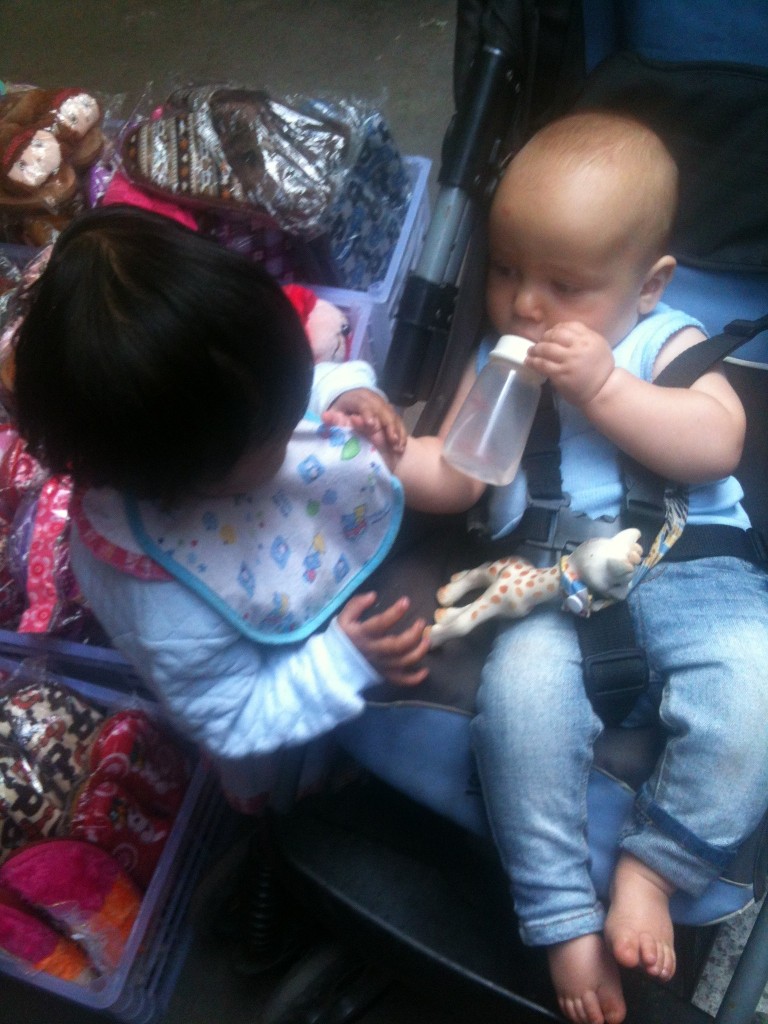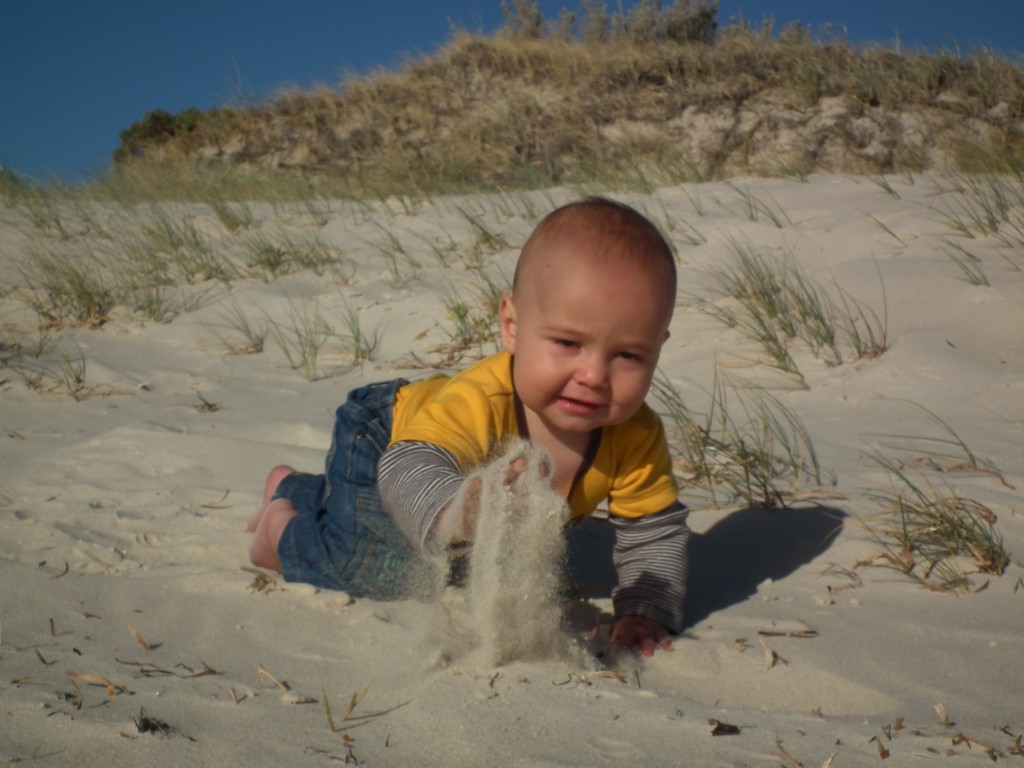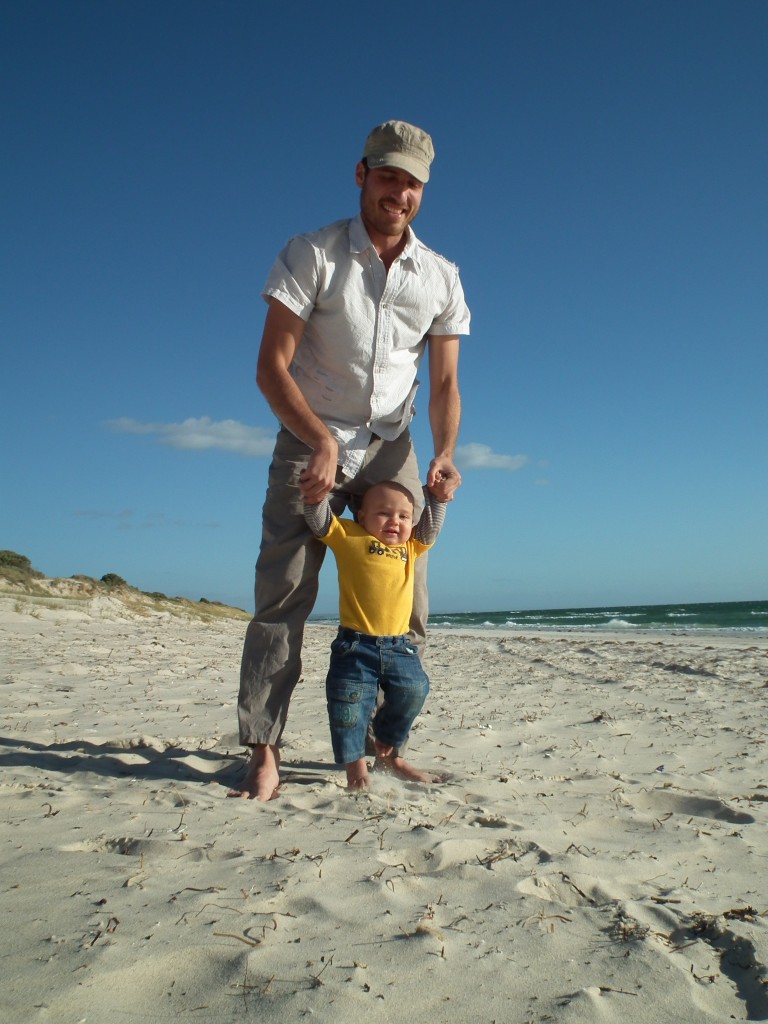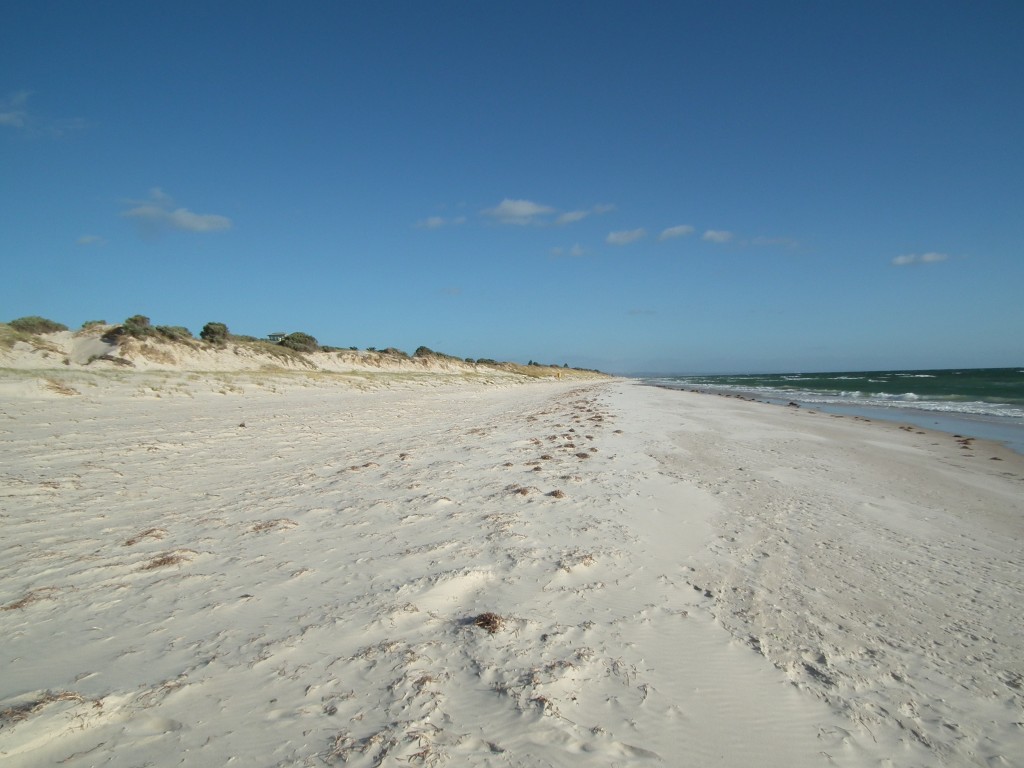Parshas Vayakhel-Pekudei: Finding Our Mission in Life
For some reason, finding one’s “mission in life,” or one’s” purpose in life” has come up in conversation a lot over the past few months. I remember sitting and talking to my friend Mia about it for hours, and Rabbi Ben brought it up to me this week. It also cropped up in a book I’m currently reading, given to me by a friend. It must be pretty important if everybody’s talking about it.
When I asked Rabbi Ben about it, he said our purpose in life is to do mitzvos and to follow the Torah. Well, obviously this is what G-d wants us to be doing. But is it our mission?
Judaism embraces the concept of a “tikkun.” Tikkun is the work we must do in the world, and can refer both to our own self-improvements and to the accomplishments we’re aiming for. So maybe our purpose as Jews is to keep the Torah… but our tikkun as individuals is as varied and unique as a fingerprint.
Interestingly, in this week’s parsha, we see some people discovering some hidden talents, some of their missions in life. As the parsha says, “Every man whose heart inspired him came…” which the Ramban teaches refers to the weavers and carpenters who built the mishkan (tabernacle). They were very talented at their crafts, which required fine skills. Yet, how did these lowly Hebrew slaves, who previously had done nothing more crafty than making bricks out of straw, know how to do these things? The Ramban answers that they were divinely inspired: G-d Himself gave them the skills to be able to do things they had never learned.
We also have lots of G-d given talents and abilities, but how many of them do we find? How often do we balk at trying something new? How often do we limit ourselves instead of pushing ourselves to the next level?
In the book I’m reading, God Winked by Sara Yocheved Rigler, the author shares some good advice from Rabbi Aryeh Nivin on how to identify your life’s mission:
- Ask yourself: “What were the five or ten most pleasurable moments in my life?”
- Ask yourself: If I inherited a billion dollars and had six hours a day of discretionary time, what would I do with the time and money?”
One of your most pleasurable moments may have been when you did something small, like climbing a hill – but if you had all that time and money, you would climb Mt. Everest (I know that’s what Rabbi Ben would do!). You’ve limited yourself. But if G-d has given you a talent and an aptitude for doing a certain thing, then maybe that’s your mission in life – and if you limit yourself, you will never achieve your potential.
This week, let’s all work on achieving our full potential and working toward our life missions!
Shabbat shalom!
Read more on Parshas Vayakhel-Pekudei: Building a Home for Hashem
Read More


